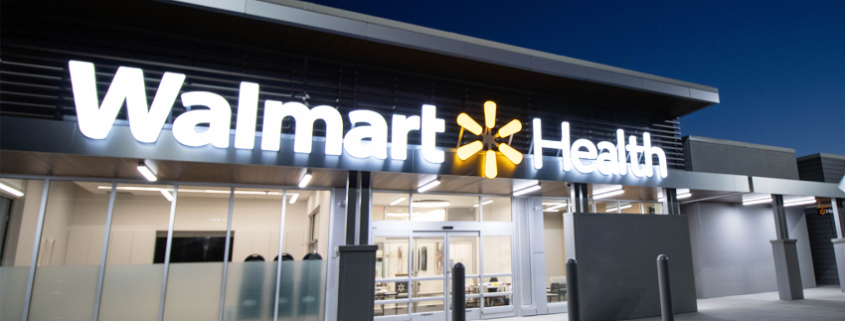Cap Rates Rise In Single Tenant Medical Sector
National asking cap rates in the single-tenant medical sector increased to 6.50%, according to The Boulder Group’s 2020 Net Lease Medical Report.That was a 5-basis point increase when compared to the prior year.
Non-investment grade tenanted properties made up 89% of the supply in the third quarter, explaining part of the increase. Investment-grade medical has a 5.93% cap rate.
“When COVID hit in Q2 and Q3, people snapped up almost all the investment-grade product that was out there and left the non-investment grade product,” says Randy Blankstein, president of The Boulder Group. “There was a flight to safety, and everyone understood that investment-grade medical was going to fare well during COVID. So there was a big rush into that space, leaving very little product today. And that’s why it looks like cap rates went up even though it’s not an apples-to-apples comparison.”
Even with much of the investment-grade medical properties taken off the market, the net lease medical sector saw a 6% uptick in transaction volume through the third quarter of 2020.
“The space is still good as far as being e-commerce resistant and an essential business,” Blankstein says. “People are still looking for this product and wanting to go a little bit more up the risk curve as far as some of the larger urgent care centers. But most investors are still not looking at the individual doctors and dentists and those types of offices. They’re not quite there yet on the credit spectrum.”
In Q3, net lease medical properties were priced at a 28-basis point discount to the overall net lease sector. Private and institutional investors continue to seek investment opportunities within the single-tenant medical sector, according to The Boulder Group.
Investment-grade medical tenants such as hospital backed systems and Fresenius typically generate lower cap rates due to the increased demand from private and 1031 investors. Private investors have widened their acquisition criteria to include urgent care groups as higher yields can be achieved.
Blankstein expects the single tenant net lease medical sector to remain active as investors are attracted to the healthcare sector’s long-term outlook and the increased need for conveniently located healthcare. The number of aging baby boomers, combined with the fact that medical space is e-commerce resistant, are a big part of this appeal.
“Between flu shots, COVID tests and COVID vaccines, there won’t be a shortage of this kind of space,” Blankstein says. “There is also a large ramping up of urgent cares as people realize there’s a huge cost savings between going to a hospital and going to an urgent care.”
—
Source: GlobeSt.





